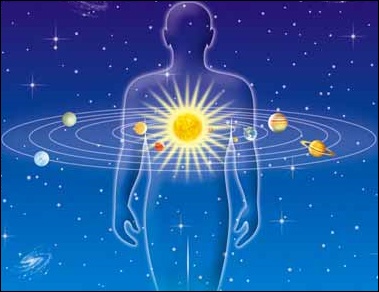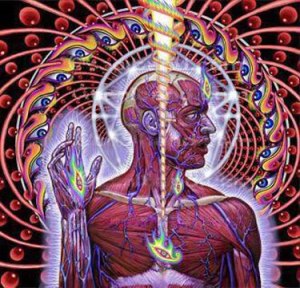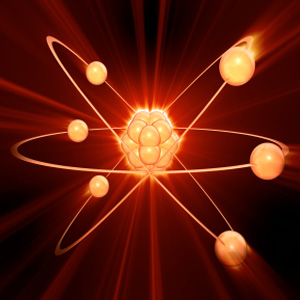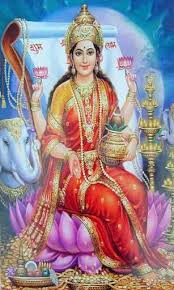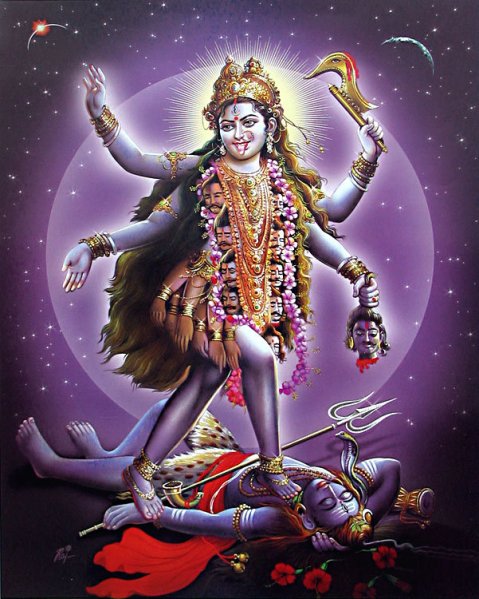The mystery of the Divine Essence, divinity, the Spirit and God have been the constant subject of human enquiry and conjecture, religious speculation and metaphysical research. Divinity is sought to be understood at its different levels from the virtually incomprehensible formless eternal to the more tangible Godhead conceivable with shape and form to its incarnated prophets and Avatars on the physical realm.
Yogananda sought to provide some invaluable insights and answers to what he called ‘ the seemingly unanswerable questions’, answers that he ”received from the very depths of my soul and from God”.
The basic paradox revolves around the concept of God’s unbreachable ‘Unity’ and the untold diversity of his manifestations in the physical world. Yogananda explains that as the Unmanifest Absolute, divinity or the Spirit was solitary and absorbed in Its own peace, consciousness, wisdom and bliss. In that supreme intelligence then arose a profound creative urge – ‘why have I remained thus alone…absorbed in My own bliss…but now I am going to dream a cosmos’. This urge then translated into a magnificent cosmic dream. The dream began to manifest, causing his consciousness to divide between his absolute unmanifested nature, the still and imperturbable Spirit and a turbulant manifest nature in the form of cosmic energy consisting of ‘different vibrating perceptions or processes of His thought’. This apparent duality was an illusion, being no more than a dream state, giving rise to the law of illusion of duality or ‘Maya’. Thus a portion of that solitary consciousness separated itself from Spirit and proceeded forth as ‘an active intelligent force, restless to express its power’, much like a seed sprouts into a mighty tree his thought ‘sprouted into a vast creation’. This however did not affect his fundamental Unity, as the apparent separation was only within the confines of a dream state.
The first manifestation was ‘pure thought’. From this primal thought emanated light, which is the same as consciousness, only with ‘greater density’. The thought of light arose first, then transformed into a more tangible ‘dream of light’ – like the difference between thinking of a horse before seeing it actually in a dream. The dream of cosmic light was further empowered to create form. At first the finer light created subtle form and then proceeded to create ‘the grosser atomic light of protons and electrons’. God then empowered electrons and protons to arrange into atoms and molecules and a further thought force impelled them to ‘condense into gases, heat, liquids and solids’ and finally forms of life with man at the apex. This matter was further ‘imbued with a dreaming intelligence’ whose evolution would awaken it to the realization that ‘matter and mind are one’. Mind being the ‘idea vibration of God’. Death became the process by which ‘dream matter changes back into the consciousness of God’. The human being is the most conscious material entity, enabled to ‘transcend His dream’. Through birth and death this highest material entity goes back and forth between the ‘gross dream world’ and the ‘finer astral dream world. Reincarnation was a ‘series of dreams within a dream, man’s individual dream within the greater dream of God’.
Thus in the stormy state of creativity, the Infinite manifests as ‘intelligence, mind, vibrations, forces and matter’ but in the unmanifest state, ‘the Infinite exists solely as Spirit in which all forces lie dissolved’.
The Avatar or prophet is that material phenomenon whose ‘consciousness is one with the Intelligence of God omnipresent in creation and is the sole perfect reflection in creation of the Uncreated Infinite’.







